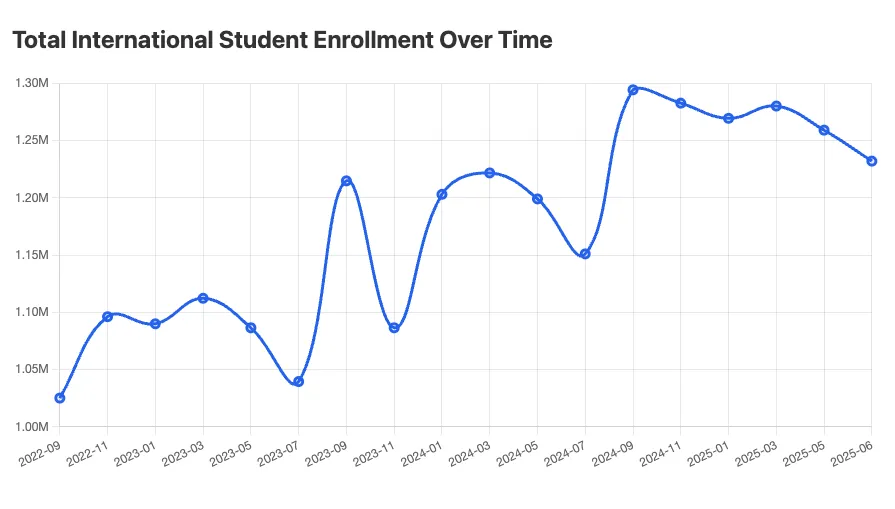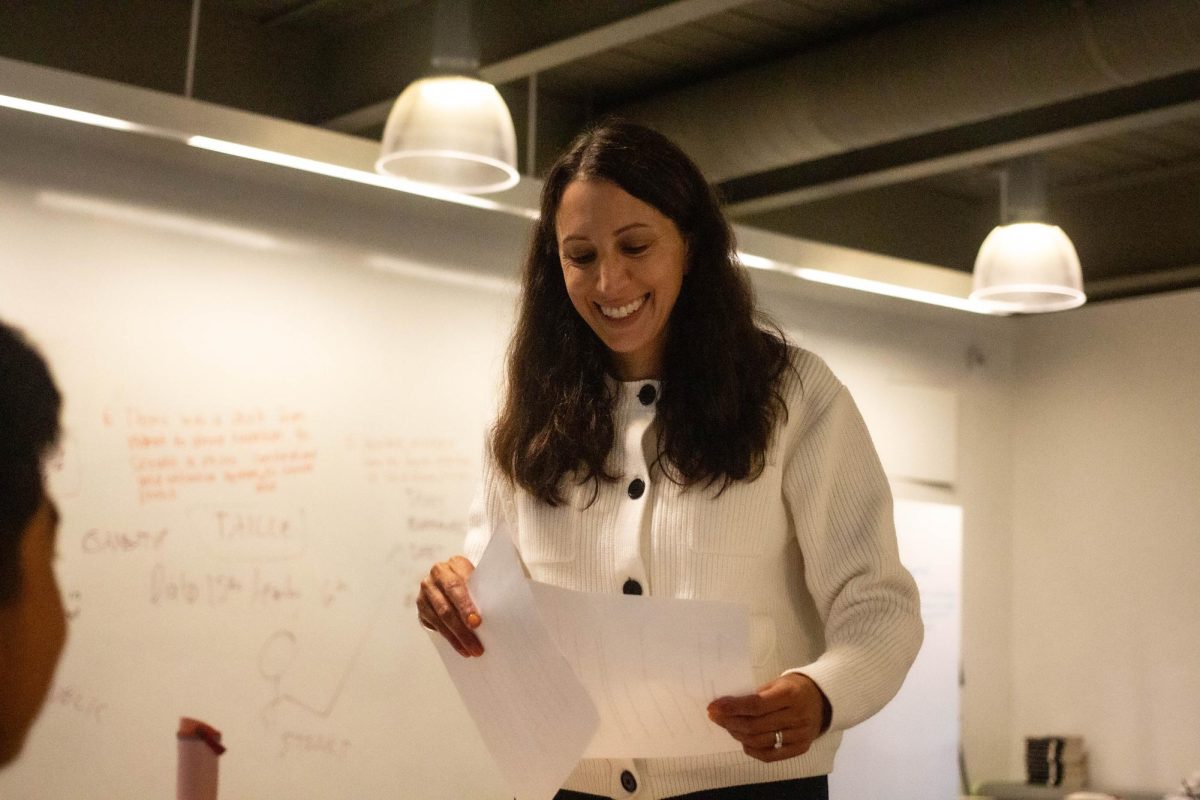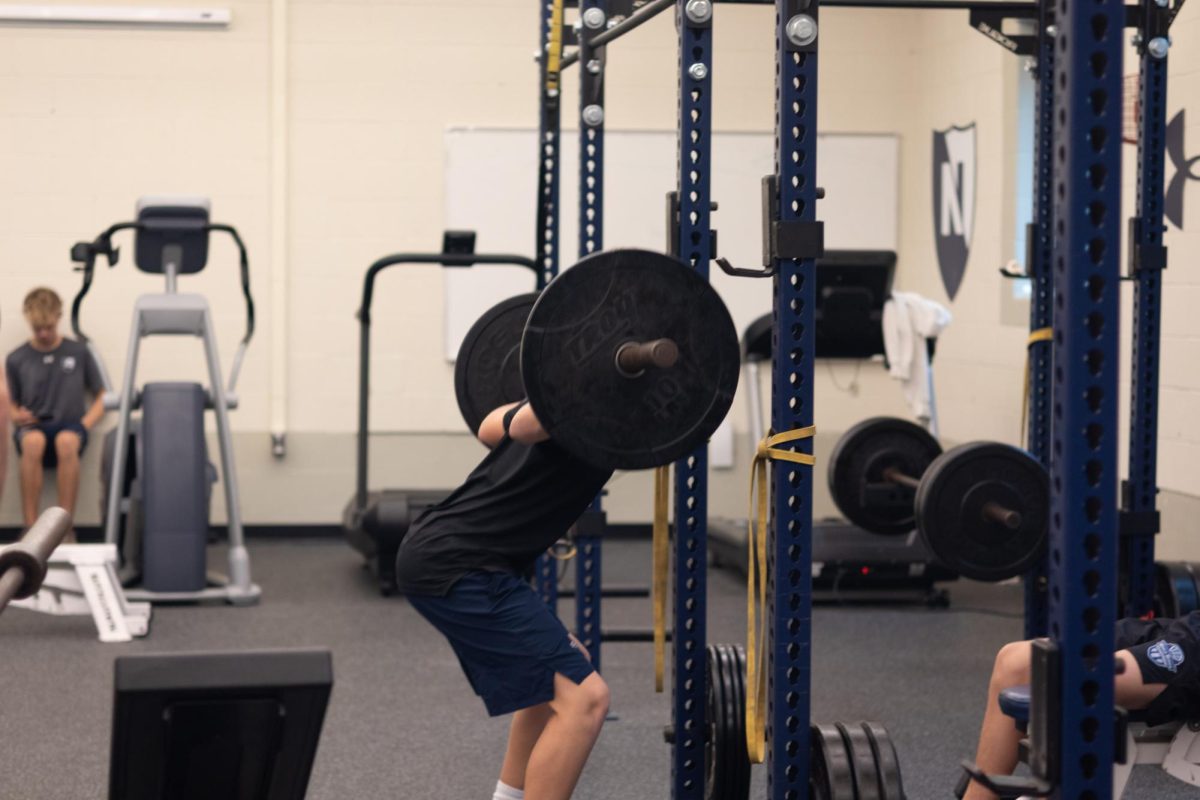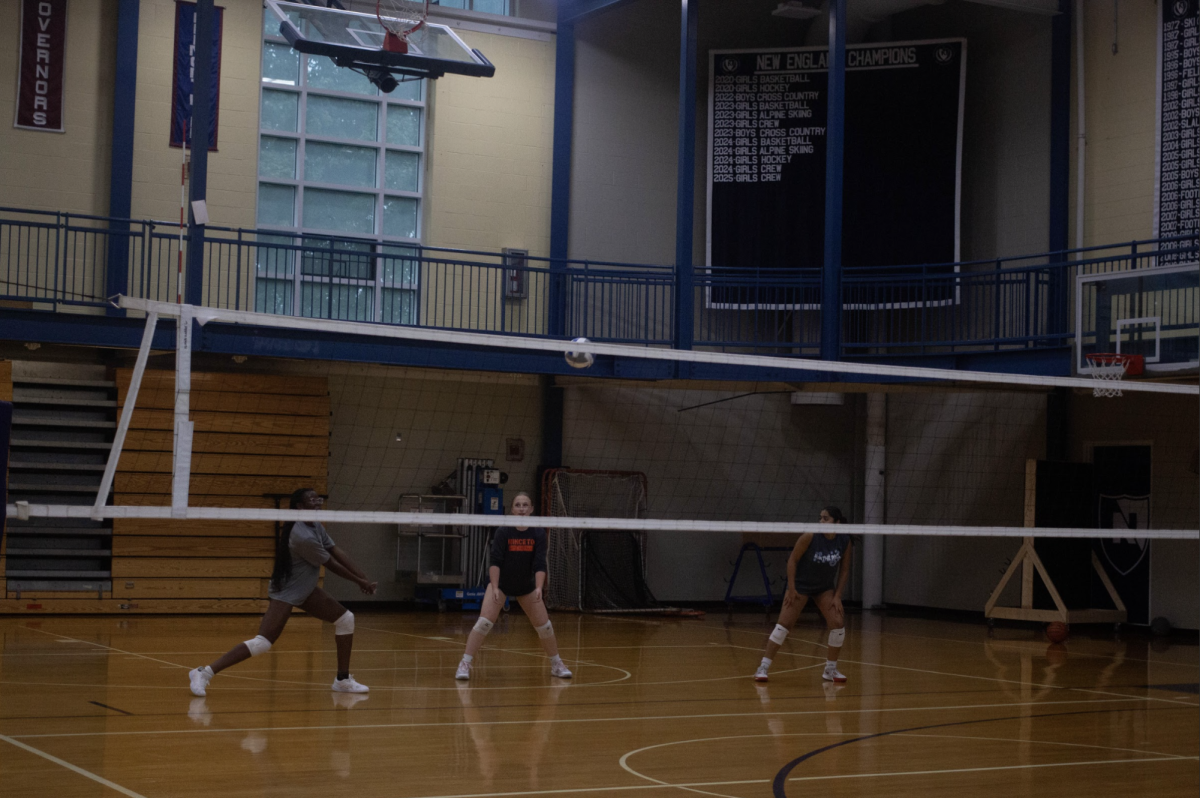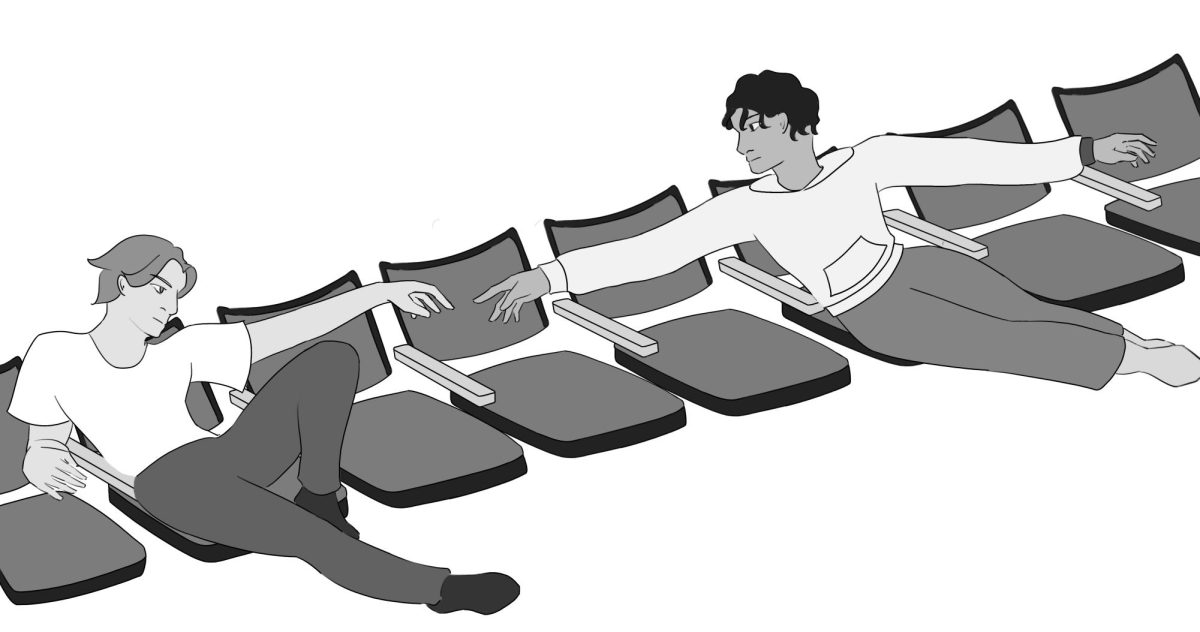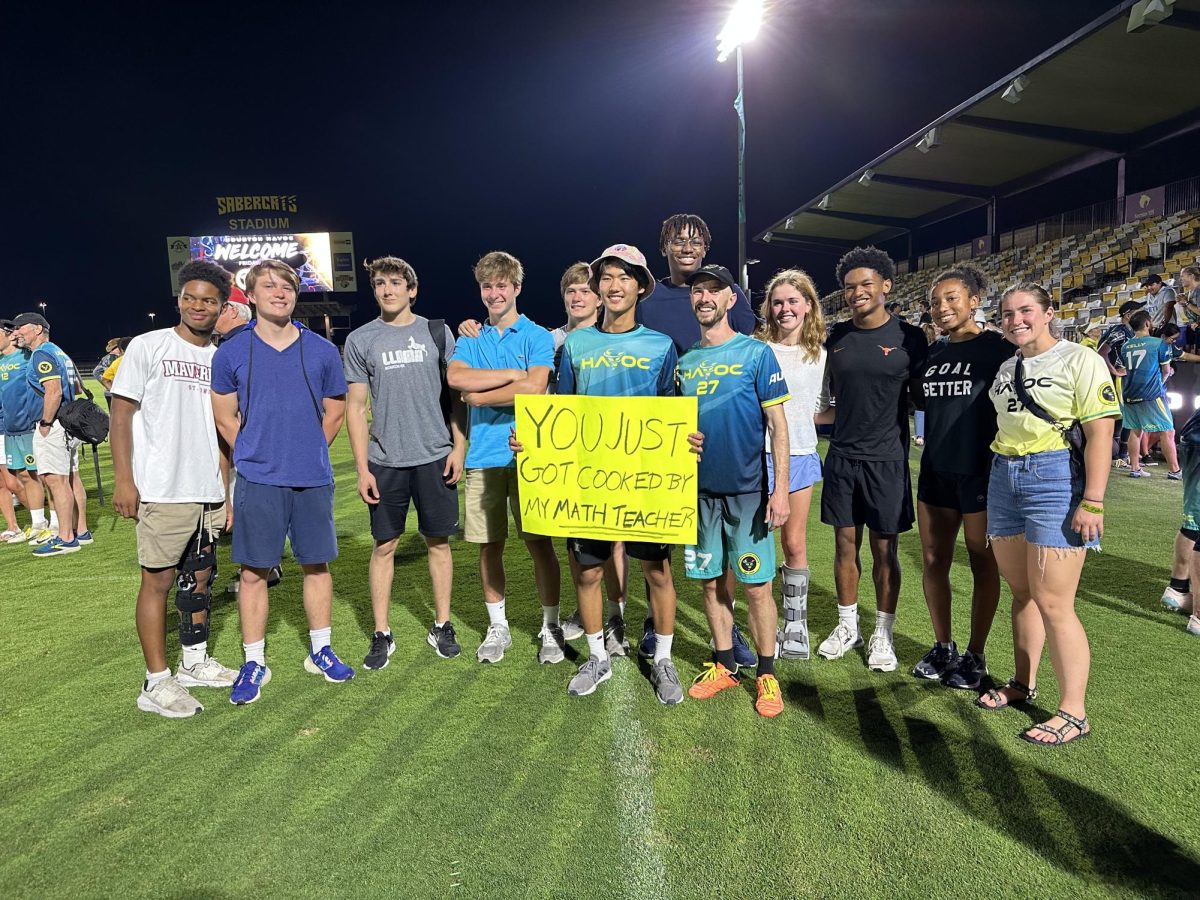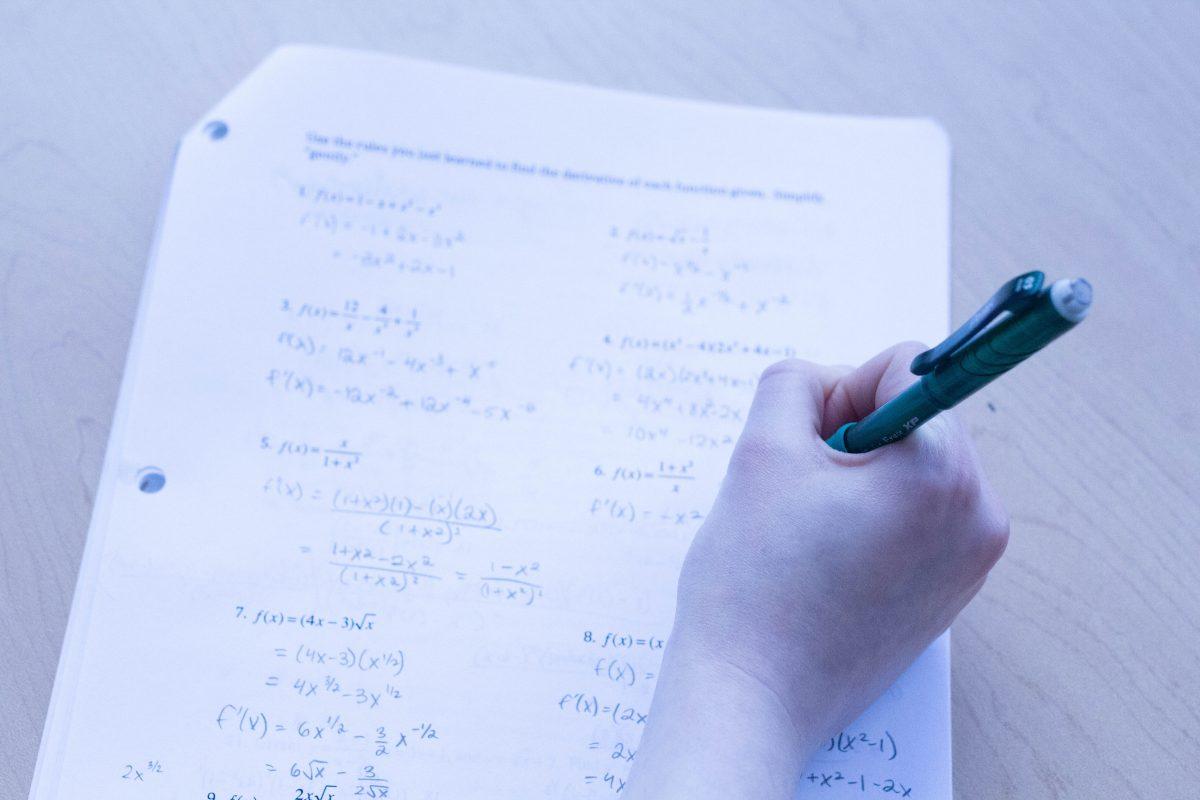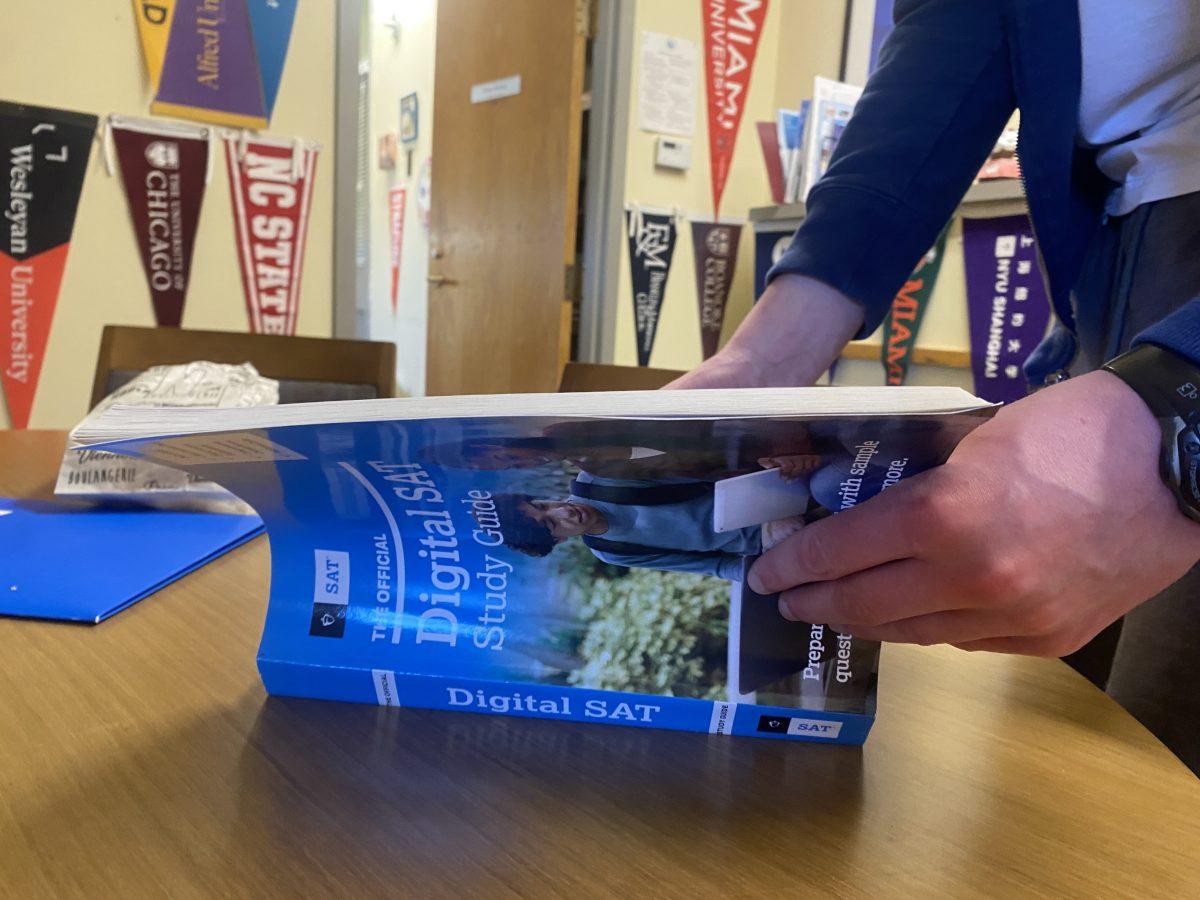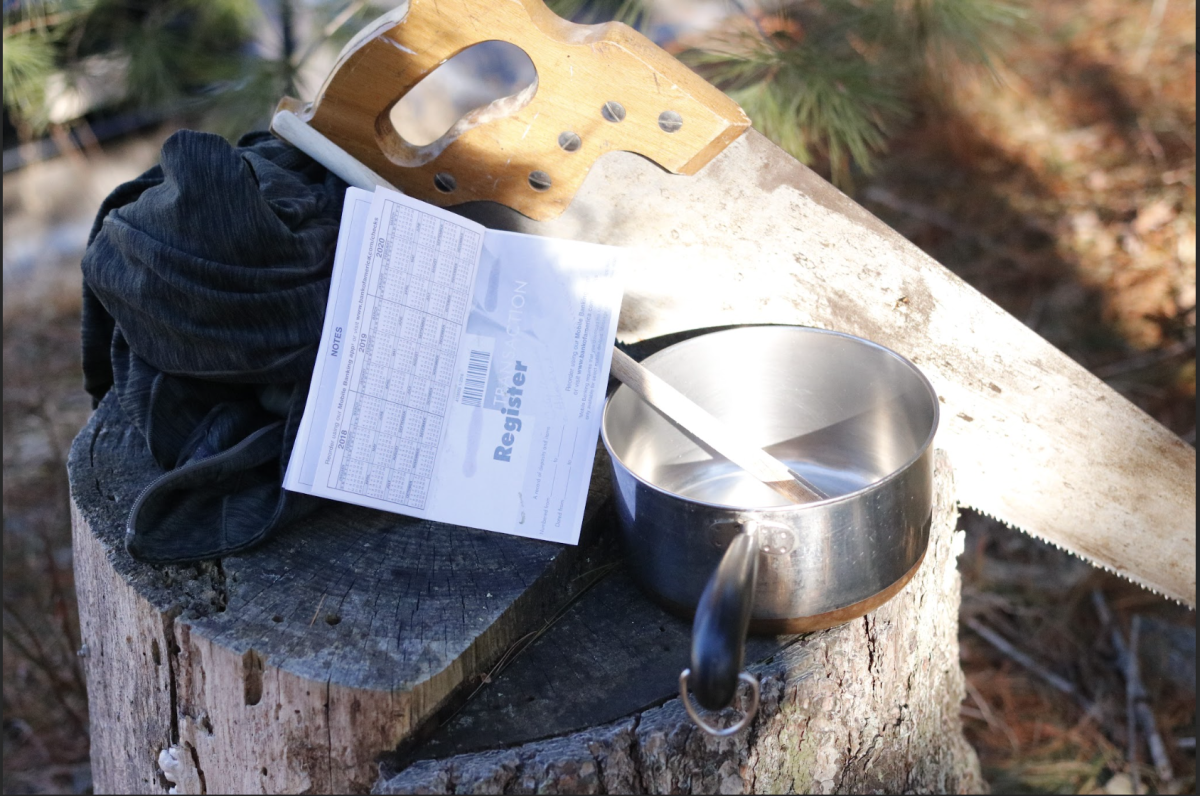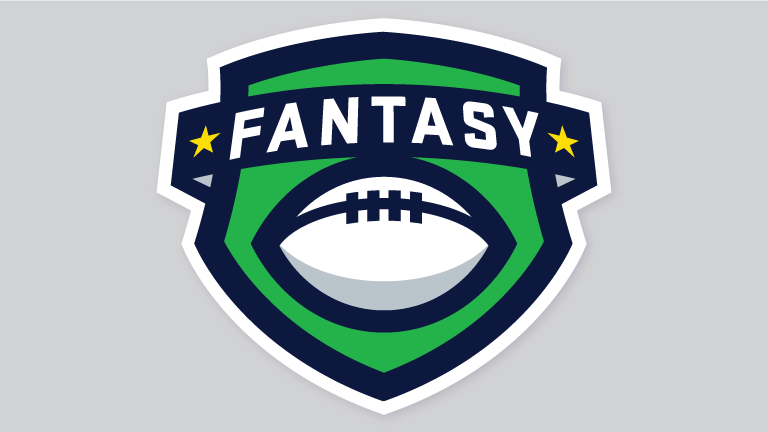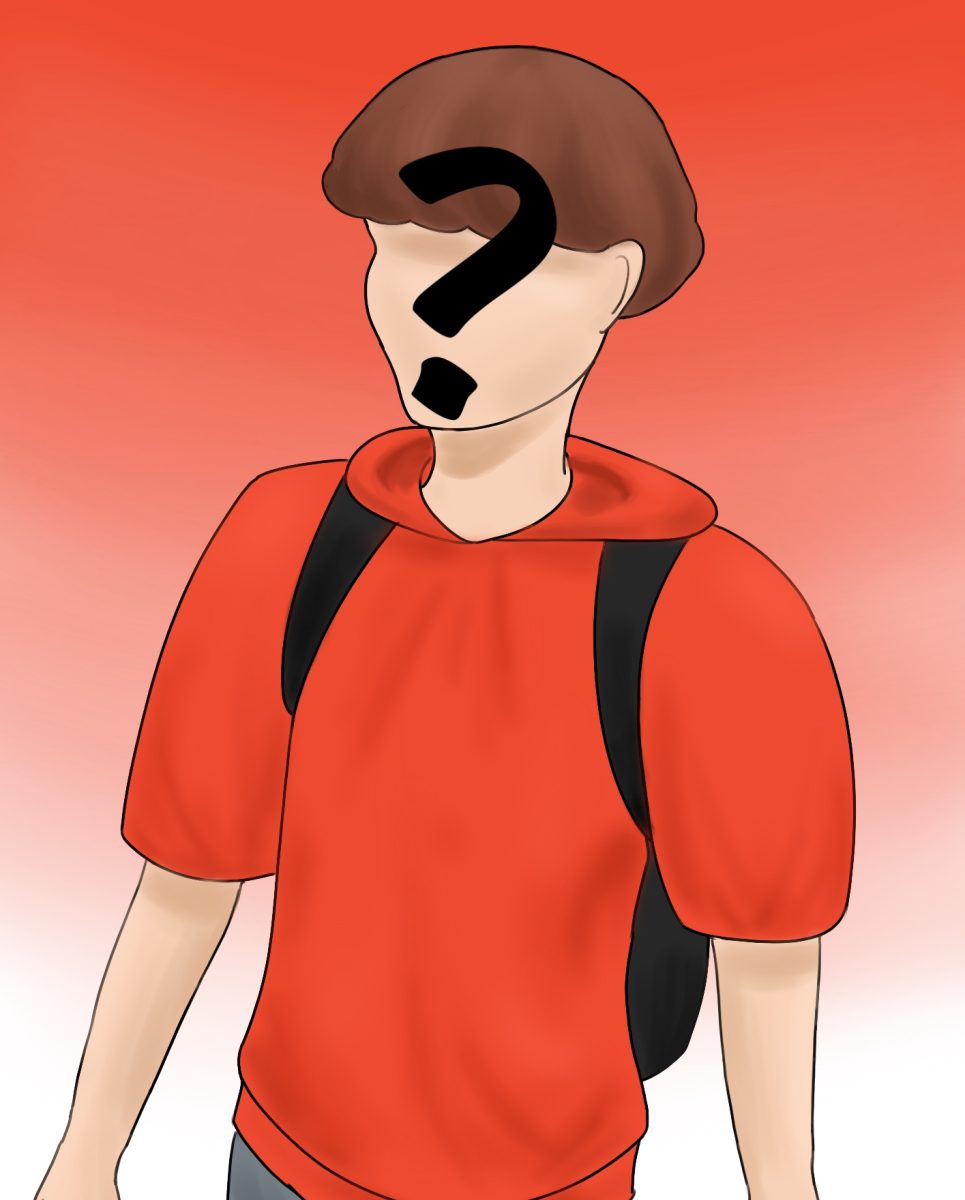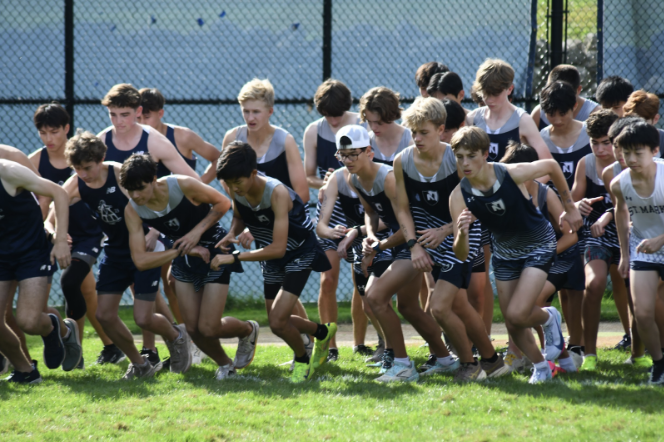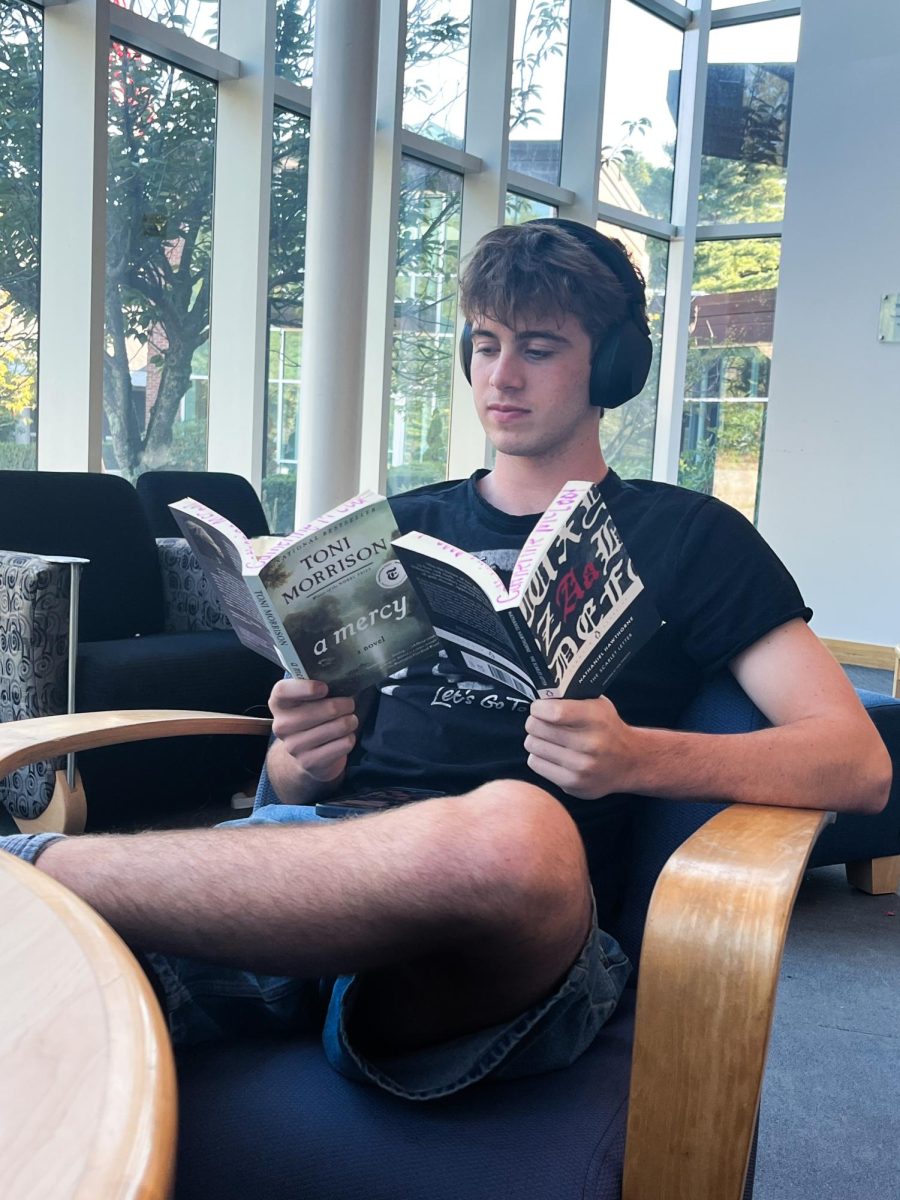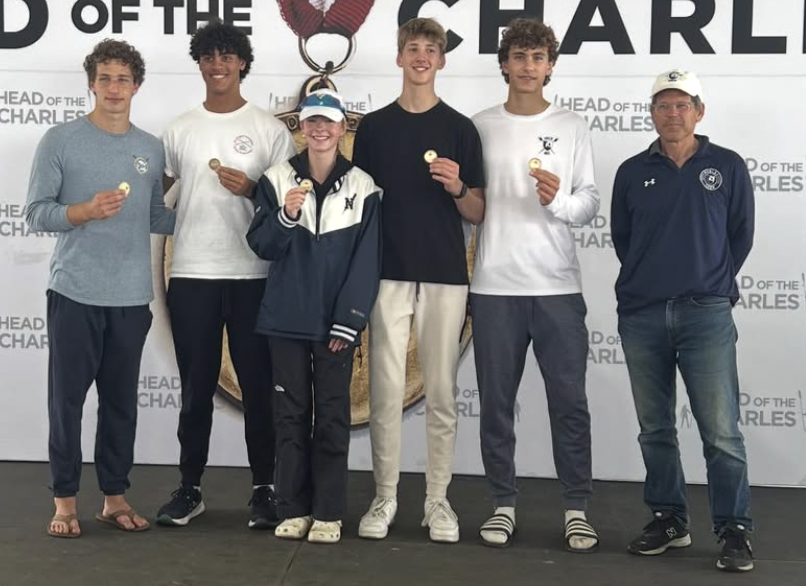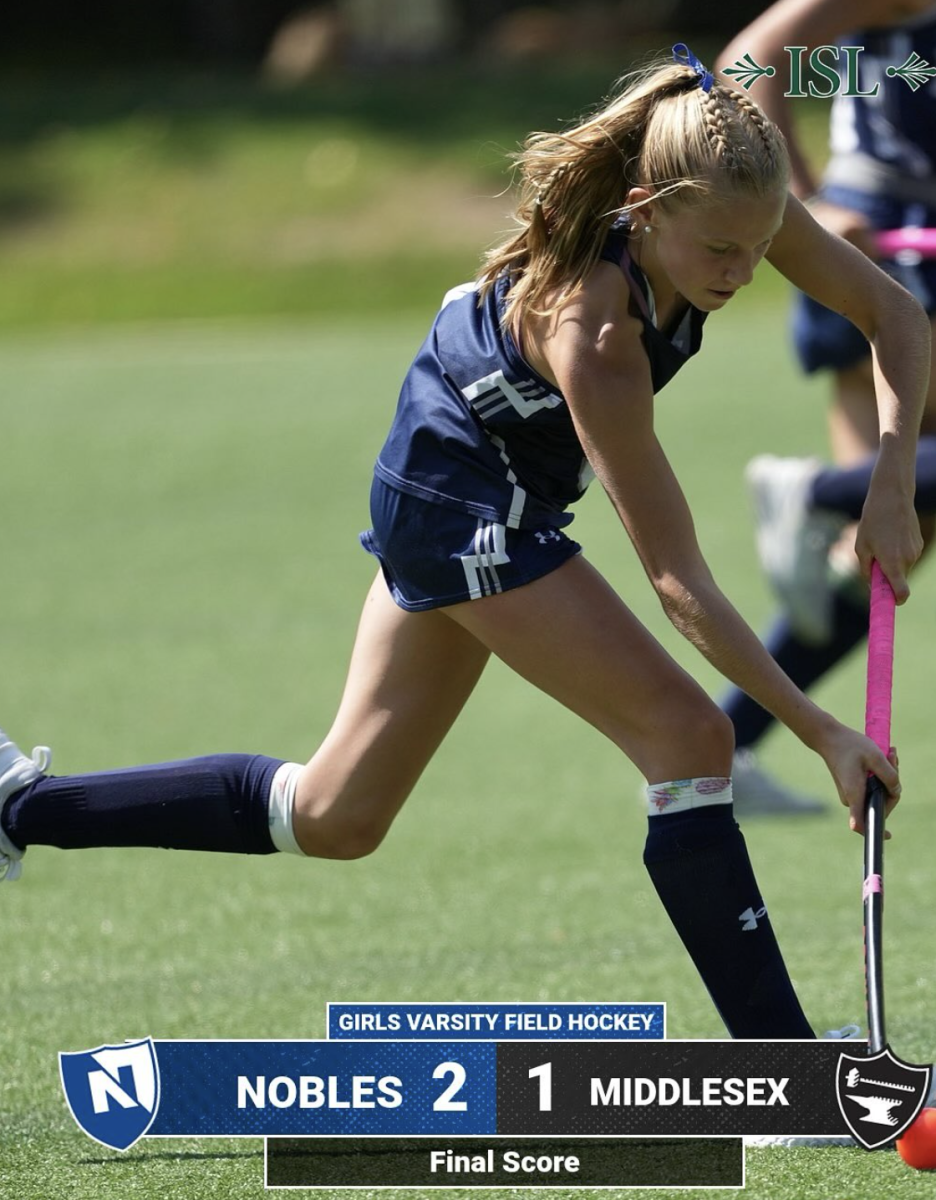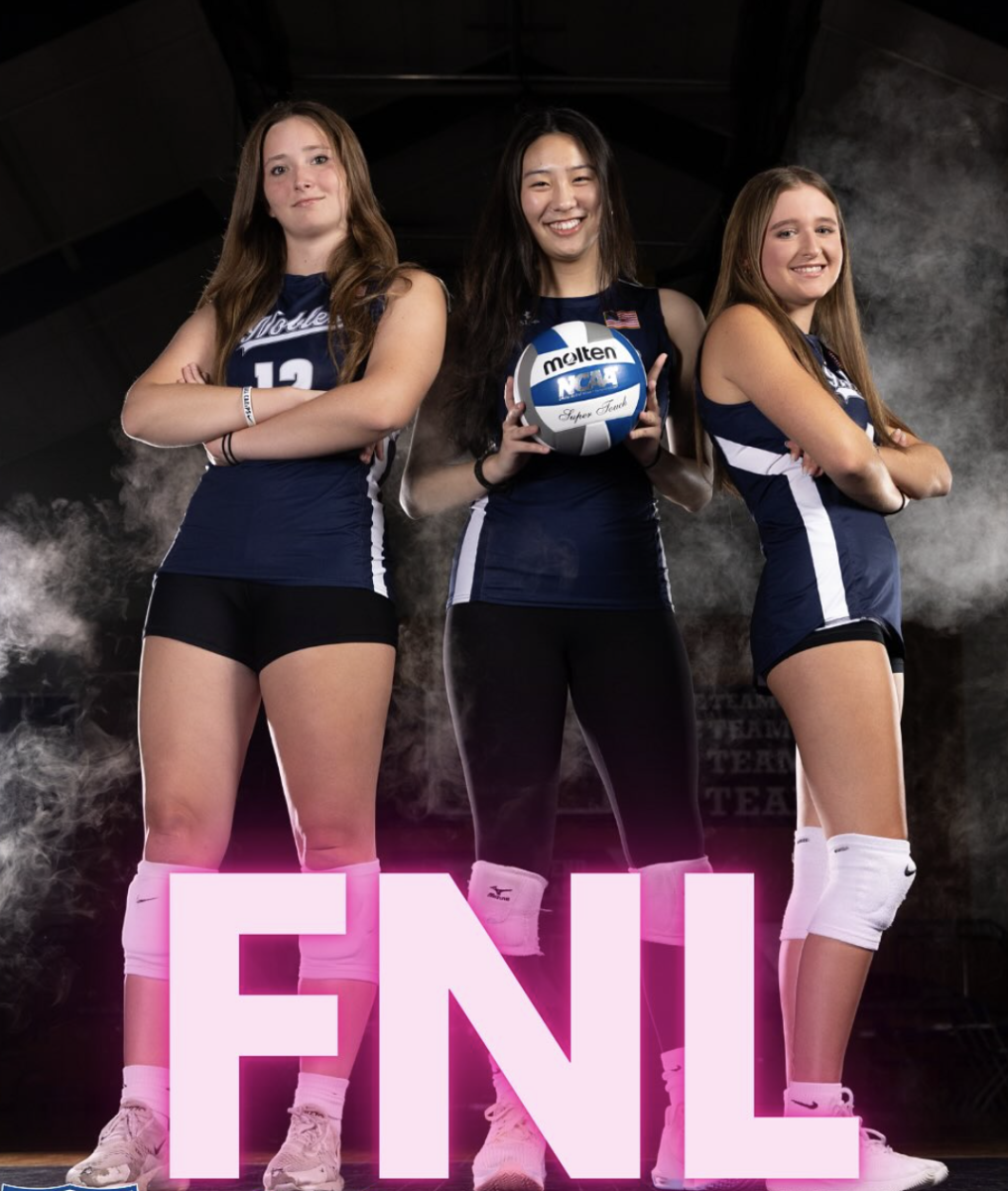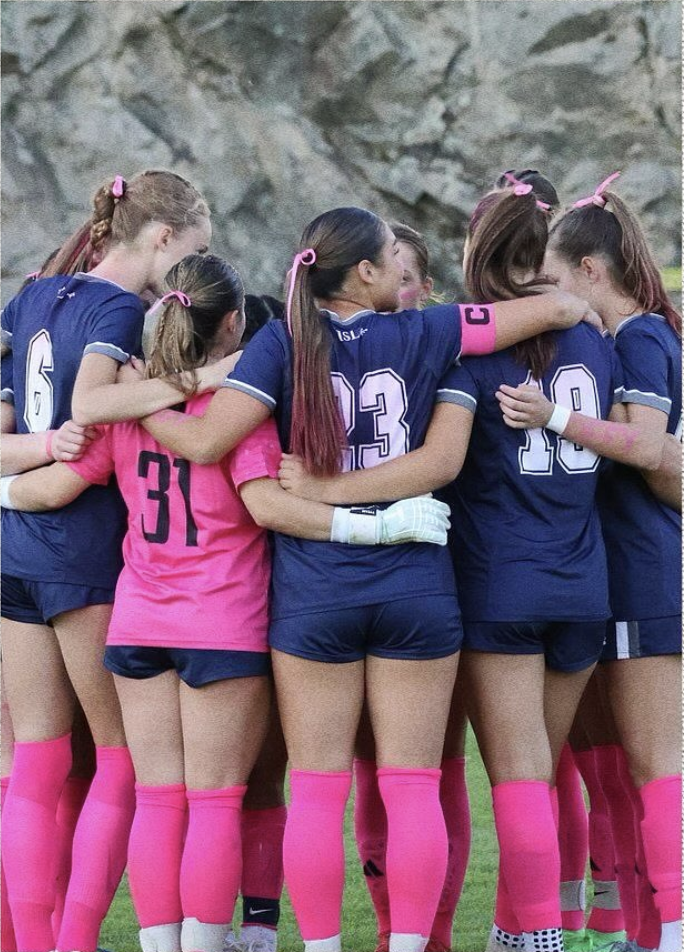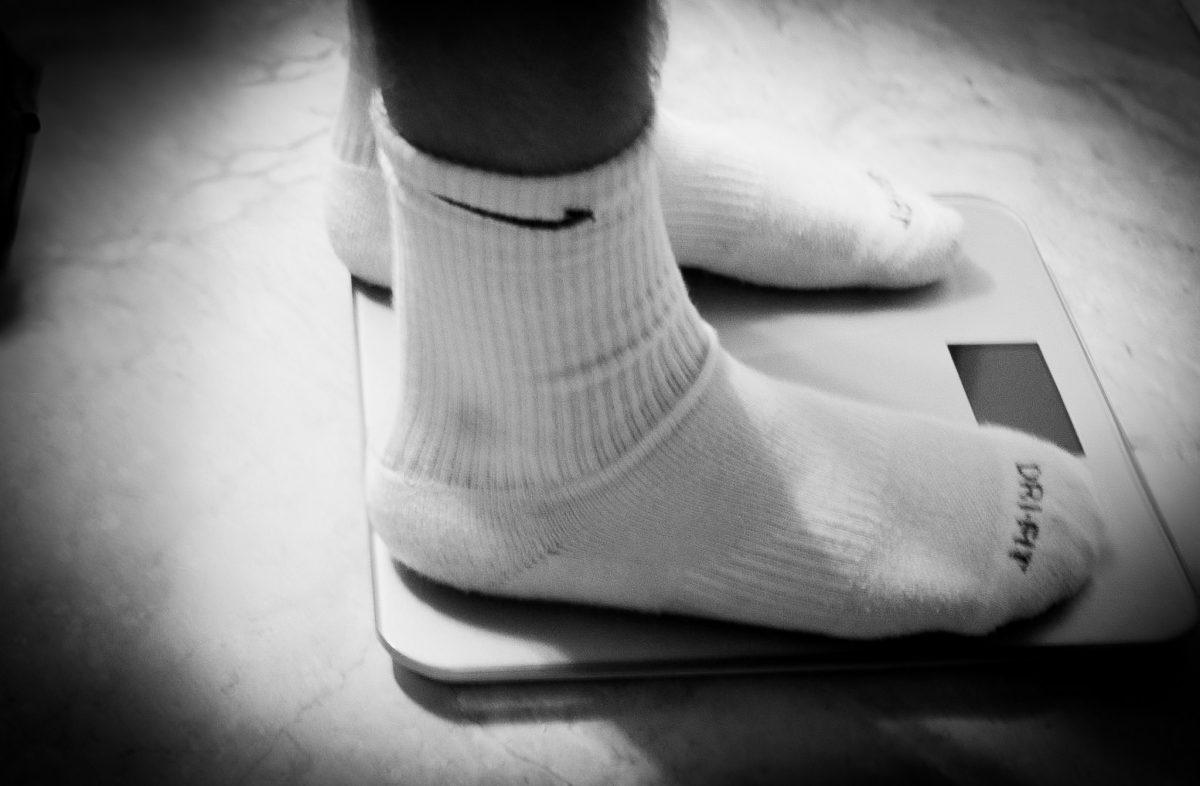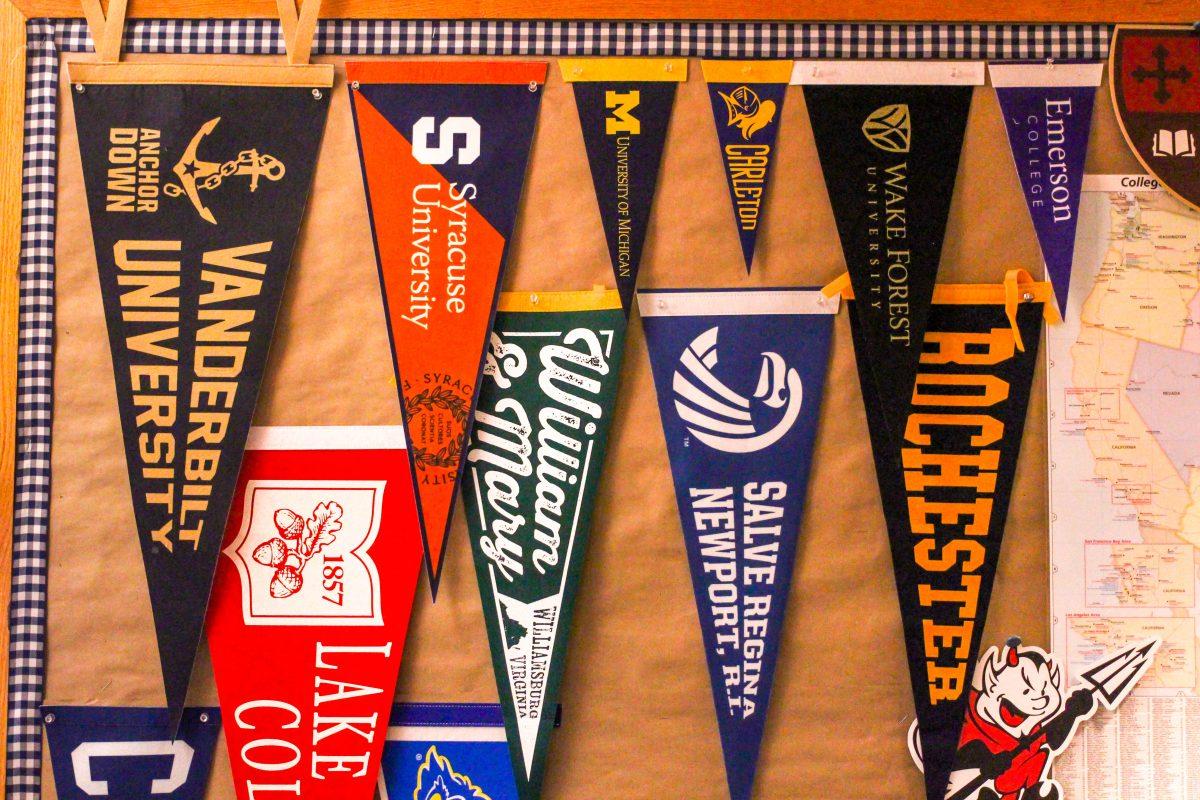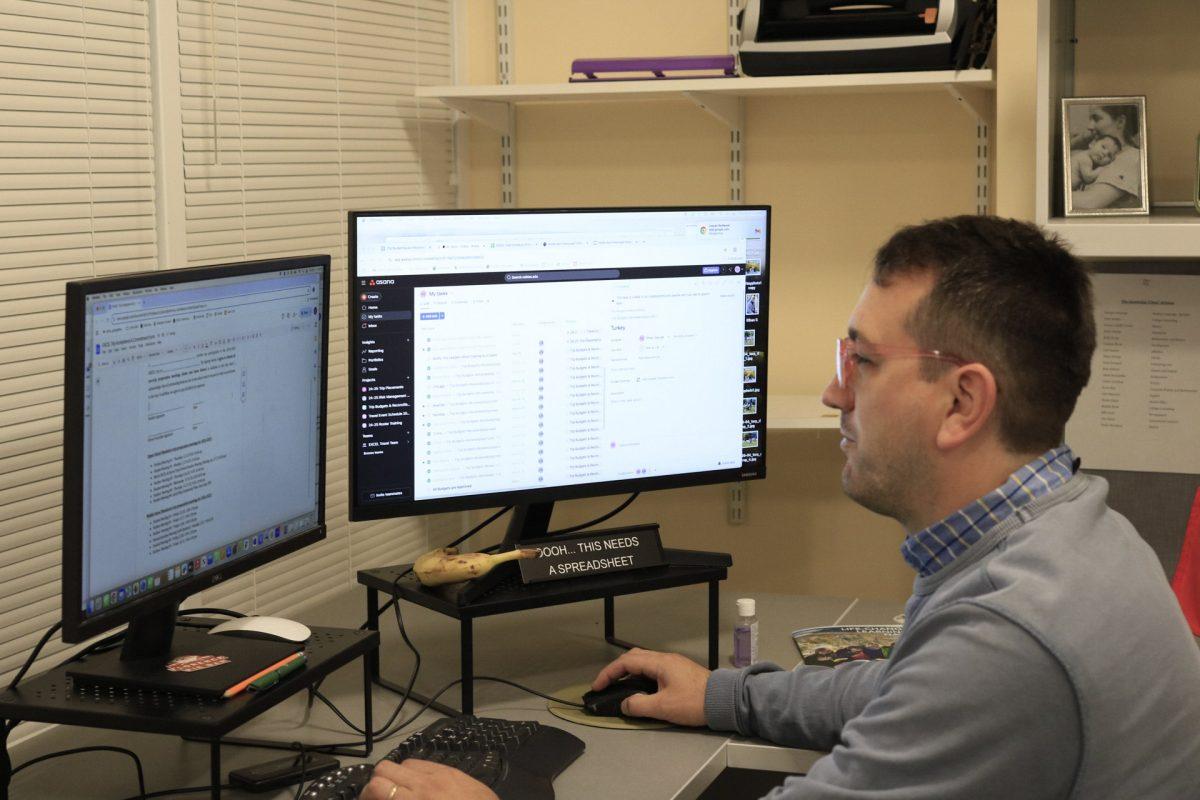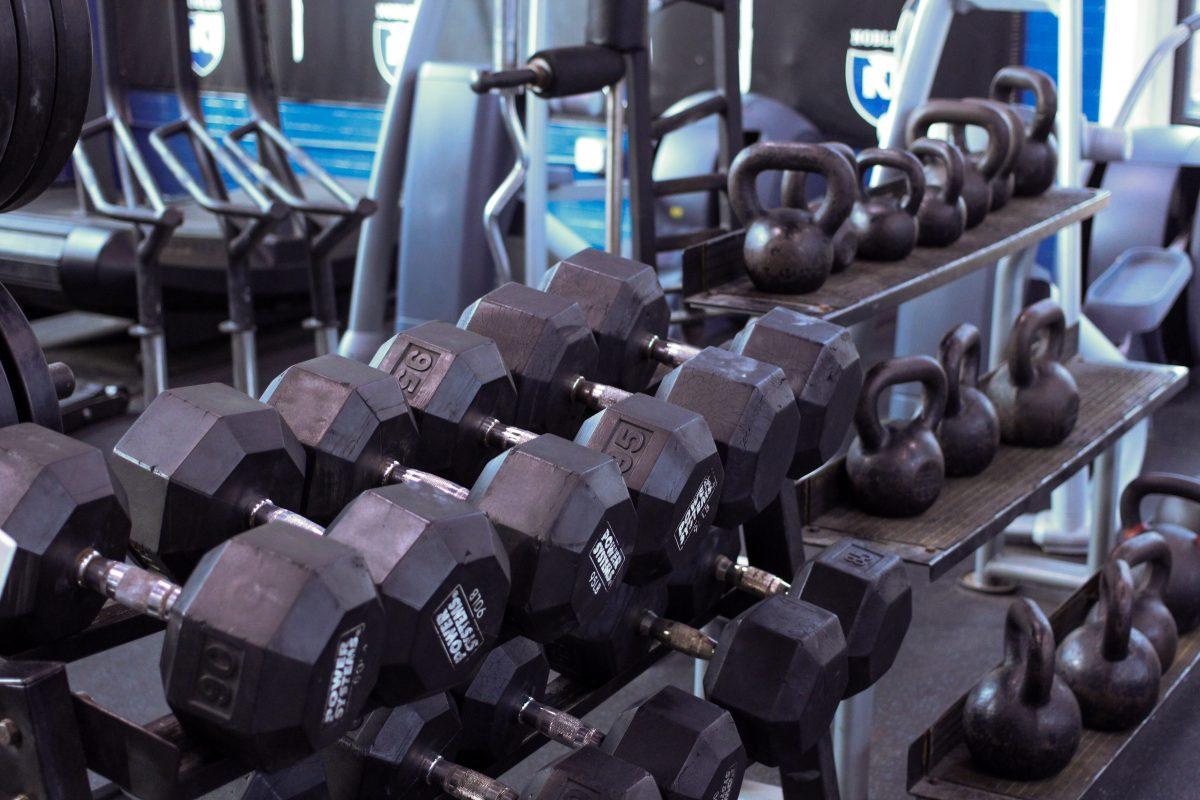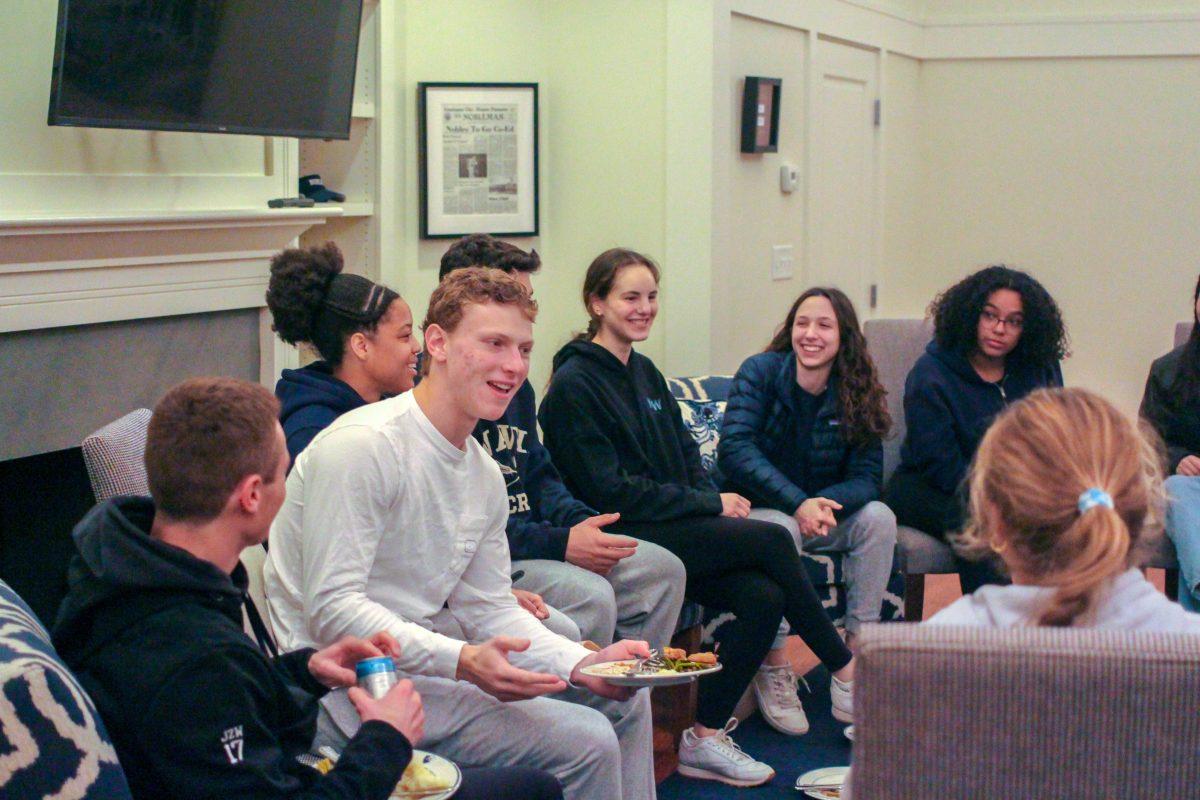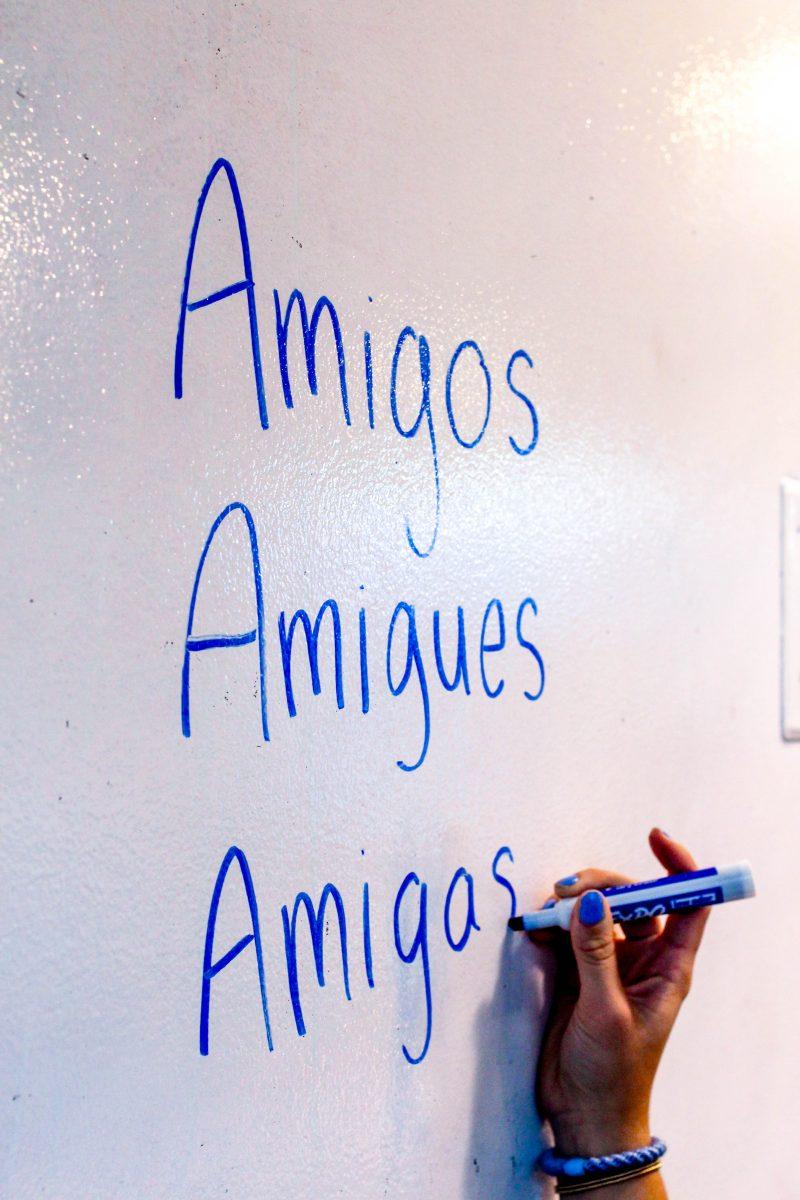With the beginning of the winter season, athletes on the wrestling team have started to get back into the swing of long practices, grueling matches, and weigh-ins. Similarly, the crew team is working hard as they look ahead to the spring season during winter training. While these sports are commonly associated with having a weight-focused culture, the relationship to weight management is more complicated than it may seem.
Wrestling weight classes, categories that match wrestlers against each other by their weight, attempt to create equal opportunities for athletes to compete. Captain Ben Myers (Class I) said, “I like the weight class system because it makes wrestling a lot more fair between competitors.” In addition to being an equalizing force, weight classes also provide safety: “Weight classes really help avoid injuries,” Sebastian Guzman (Class II) said. While weight classes help make the sport fairer, weighing in before matches can pose a stressor for athletes. Weight, however, doesn’t seem to dominate the wrestling experience.
The overall team sentiment is that weight is not always front of mind. “During the week, weight isn’t as relevant, but the day before a match when people need to lose weight, the team is definitely thinking and talking about it,” Myers said. Having to make weight (meaning to make sure one’s weight is under the limit of their weight class) may be tricky for newer wrestlers, but the coaching staff emphasizes the importance of using healthy methods. “If you’re going to be a healthy athlete, you have to eat,” Wrestling Coach Charles Danhof said.
“The largest misconception is that it’s super brutal to cut. Cutting is not as bad as people think.”
Due to the weight class system, wrestlers decide which class to compete in and will often opt to lose weight. Danhof said, “Many kids in between weight classes will decide to cut weight since losing a few pounds is relatively easy.” The coaches oversee cutting (the practice of losing weight to get into a lower weight class) to ensure wrestlers are losing weight healthily. “Measurements taken by the trainers, used by the coaches as a frame of reference, ensure that kids are wrestling within safe and fair parameters,” Director of Sports Medicine Gwen Chiaranda said. Because of this, it seems that wrestlers feel comfortable cutting weight, as Myers said, “There’s always great support for cutting if you need to lose weight, which I really like.”
Losing weight, however, is not the only option. “There are many kids who don’t lose any weight, and that is totally fine,” Danhof said. Deciding to cut or wrestle at a natural weight is up to each wrestler. “It would be terrible to force the cut,” Myers said. “You don’t have to cut, but if you do, it won’t be that much weight and it won’t be very hard.”
“There’s always great support for cutting if
you need to lose weight, which I really like.”
People within the wrestling community believe that misconceptions about weight don’t reflect reality. “The largest misconception is that it’s super brutal to cut. Cutting is not as bad as people think,” Guzman said. Another misunderstanding is the amount of weight wrestlers cut. “People think you’re cutting absurd amounts of weight, but in reality, that’s not happening,” Myers said. Despite weight’s presence in wrestling, this aspect of the sport isn’t a significant stressor.
Another Nobles sport that’s often associated with having a weight culture is crew. While weight becomes a factor in collegiate rowing, there are no weight classes (heavyweight, openweight, and lightweight) at the high school level. “I love that on the team there’s a culture that we’ve built where weight doesn’t matter,” Boys Captain Noah Peters (Class I) said. This is not only the case on the boys’ team, as Girls Captain Olivia Charity (Class I) said, “Weight culture doesn’t exist on our team. Our program does a great job of thinking of everyone as one.”
“Weight culture doesn’t exist on our team. Our program does a great job of thinking
of everyone as one.”
While team culture de-emphasizes weight, sport-wide expectations exist regarding body physique and speed. “It is expected that if you’re taller or bigger, you’re supposed to be pulling faster splits,” Charity said. This expectation is especially seen on the erg (which athletes complete individual performance tests on): “A bigger kid is going to pull a faster erg. There is also a lot of perspective and people don’t get hyper-fixated on it,” Peters said. This expectation is present on the water, however, “You’re bound to not pull your weight sometimes, but you’re also bound to pull more than your weight sometimes,” Charity said.
A major area of rowing where weight is one of the most dominating factors is in coxing. Coxswain Clara Wildeman (Class II) said, “The concept of weight is always there for coxswains because we are dead weight in the boat. If another cox is giving the same exact effort as you but they weigh less, they’re adding more value to the boat.” In some cases, rowers have fed into this dynamic; however, the team aims for a culture that does not. “There’s a stigma about coxswains and their weight, where they need to be as light as possible. I hope that our coxswains don’t feel this way,” Charity said. This sentiment is echoed on the boy’s team, as Peters said, “Coxswain weight does not matter and it’s more of who they are as a person and how much they’re willing to give to the boat.”
Despite the misconceptions surrounding weight’s impact on wrestling and crew, the Nobles teams have worked hard to eliminate this factor from negatively impacting athletes and team culture.

